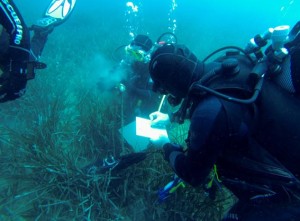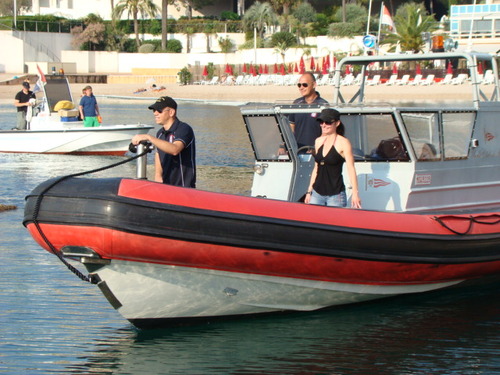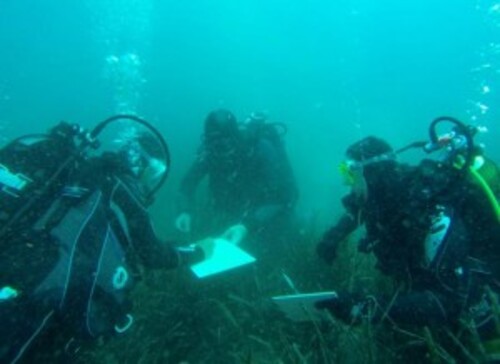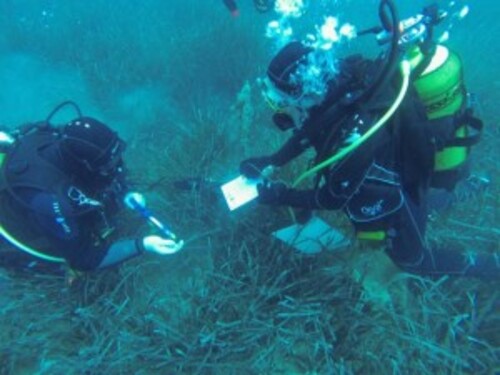
Marking of the noble pen shells in the Larvotto reserve
Marine Protected Areas
A markup and biometric measurement operation for pen shells (Pinna nobilis) in the Larvotto marine protected area took place on June 7, 2015 with the help of 65 divers and 25 “terrestrial” volunteers.
This operation took place within the framework of close collaboration between the AMPN, the Department of the Environment and Doctor Jean de Vaugelas of the ECOMERS laboratory of the University of Nice Sophia-Antipolis.
In 2007, the Department of the Environment initiated, with the ECOMERS laboratory, the inventory of the pen shells present in the marine protected area of Larvotto because it is necessary to accurately assess the state of the population of these large bivalve molluscs. Pinna nobilis are interesting to study for two major reasons: they are filter-feeding organisms, therefore sensitive to the presence of polluting particles in suspension in the water AND they live a long time (> 10 years) and are therefore good indicators of medium- and long-term changes in the environment.
Doctor Jean de Vaugelas proposed in 2007:
• to establish a precise cartography of pen shells (abundance and spatial distribution) located at increasing distances from the western edge of the Reserve
• assess the state of health of this population
• list a certain number of "sentinel" individuals who will be monitored over time (growth, mortality, etc.).
In 2008, some forty divers from associations or diving clubs lent a hand to scientists to continue the inventory of pen shells using beacons and locating them precisely using angle and distance measurements, more accurate than GPS positioning.
This operation continued in 2015 through the joint action of the Monegasque Association for the Protection of Nature, the Department of the Environment and scientists from the ECOMERS laboratory of the University of Nice.
The objective was to maintain the existing beacons, to continue the biometric measurements and to verify certain positions 6 years after the initial installation of 2007-2008.
This operation is of real scientific interest. The large-scale study of this pen shell population constitutes the beginning of a "long-term series". Long-term series are very interesting for environmental management, but they are rare because they involve the combination of several factors:
• The availability of stable teams for many years
• A well-protected territory because in situ experiments require the ability to leave fragile equipment in place for long periods of time
The stability of scientific teams (University of Nice) and managers (Monegasque Association for the Protection of Nature), as well as a well-protected territory (the marine protected area of Larvotto) are the three "rare" characteristics that allow the implementation of a “long-term series” model in which all actors involved in environmental monitoring and protection can get involved.
Subsequent monitoring will be carried out by volunteers from the Monegasque Association for the Protection of Nature, always in collaboration with the Department of the Environment and scientists. It will be a question of continuing to mark out the small nacres, those which are the most interesting to follow over time (rapid initial growth, stabilization, accidents, mortality).



